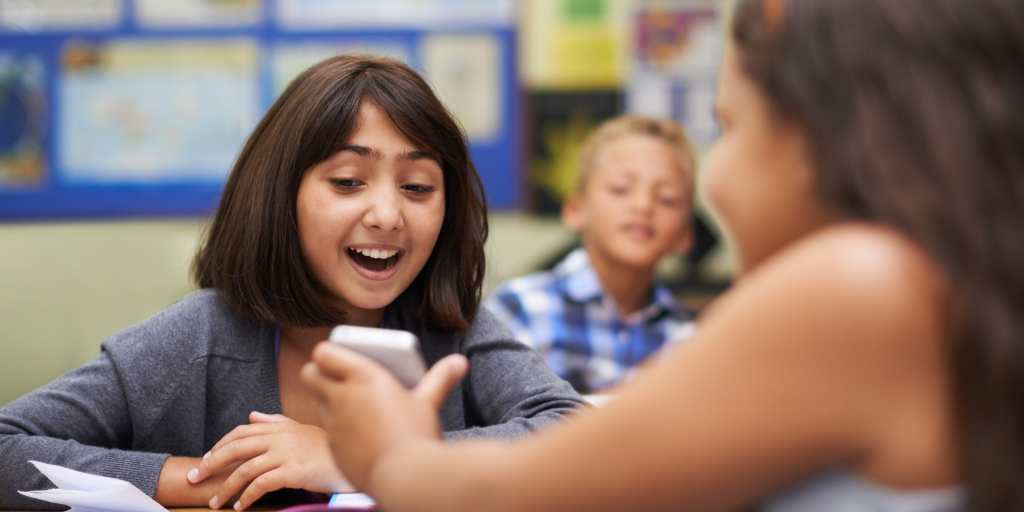
Let’s face it: the summer screen time slide is real. So real. As your tween returns to school — possibly entering the rigors of middle school for the very first time — it’s important to transition them back into digital habits that fit the realities of the school year.
The adjustment might be rough and is bound to have hiccups, but there’s no reason to stress about it. With a few simple steps, you can minimize everyone’s angst and set your tween up for successful online habits.
Tweens are notorious for pushing back against limits — it’s a normal part of their development. Helping them understand your reasons for setting those limits can be beneficial.
Explain that, as they get busy again with school, it’s important to you that they prioritize activities such as sleep, schoolwork, family time, and extracurricular commitments. Spending hours scrolling through social media isn’t a big part of that picture.
It may or may not minimize their sass about the rules. At the very least, it will provide them a framework for making similar decisions for their own healthy choices as they get older.
Kids are far wiser than most adults give them credit for. Ask your tween what online activities are most important to them and what ideas they have for balancing those with their offline priorities.
For example, if your child loves gaming with their friends, set a rule that they need to finish their homework before they can go online.
After you’ve discussed priorities with your tween, it’s time to set expectations. Each household has their own factors to consider, so what you decide ultimately needs to work for your family. But here are some ideas to consider:
Rather than a hard cap on the number of hours your tween can be online everyday (an approach that experts are now moving away from), consider setting specific times of day where screens are off limits.
Ideas for screen-free times:
In addition to specific times where screens aren’t allowed, many families have areas of the house where screens are a no-go. These might include:
If there are apps that you know your tween is prone to overuse (TikTok, anyone?), you can utilize parental controls to set limits on those.
The limits could be a cap on how many hours per day your tween is allowed on the app, or certain times of day they can’t use it.
For example, TikTok has a Family Pairing feature that allows parents to set time limits, control who can message your child, and more.
Even the most well-intentioned tween can be easily derailed by the tempting ding of a notification. Set them up for success by using parental controls to silence notifications during school hours.
Word to the wise: you’ll want to allow notifications from you and other caregivers, lest you hear the excuse that they didn’t get your very important message.
Once you’ve hammered out the details, it’s a good idea to put it in writing with a digital device contract. This agreement lays out rules, expectations, and guidelines for device use.
Even if you’ve done one in the past, revisiting and revising it during times of transition (like heading back to school) is useful. This handy-dandy digital device contract template will get you started.
Get ready for the inevitable comparisons and complaints from your tween about how their digital limits stack up against their friends. Gently remind them that every kid and every family is different, and you’ve made decisions that work for the unique needs of your household.
Be careful not to dismiss their concerns outright, though. If there’s something specific they're worried about missing out on, you may be able to find a reasonable solution that lets them feel included without compromising your family’s priorities.
For example, if your tween’s friends are all on Instagram, you could discuss letting your child have an Instagram account with guardrails: they can only use the app for a certain amount of time per day, and you’ll supervise their activity with a parental monitoring tool like BrightCanary.
Forget bedtimes and wake-ups — shifting screen time limits is probably the one of the roughest transitions families go through at the start of the school year. But with a few simple steps, you can minimize the hassle and come up with guidelines that work for your family.